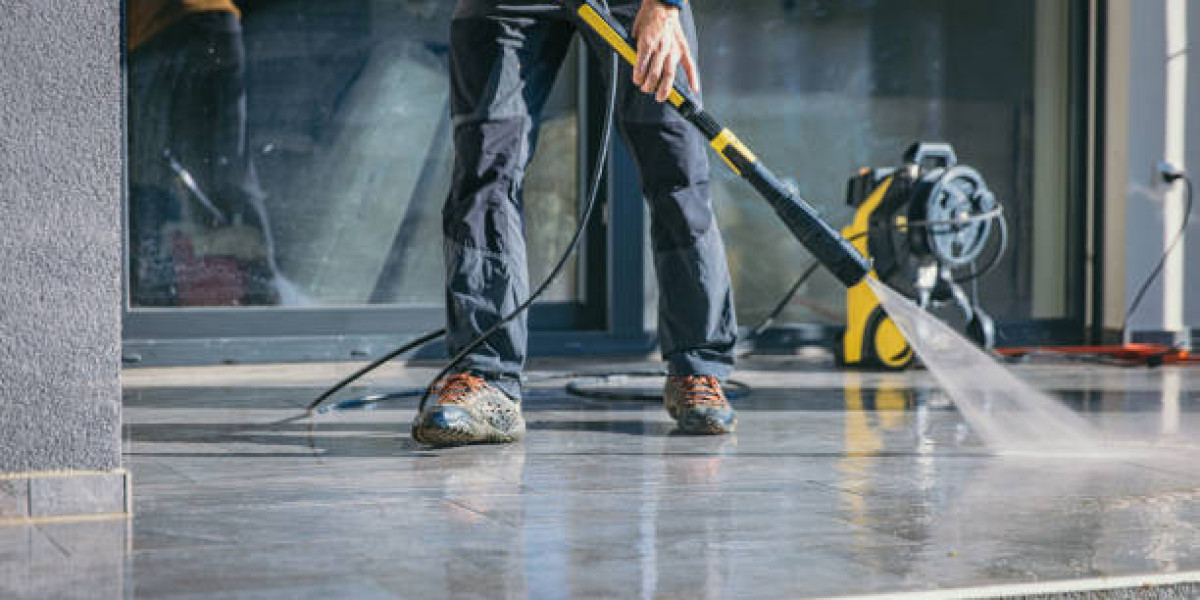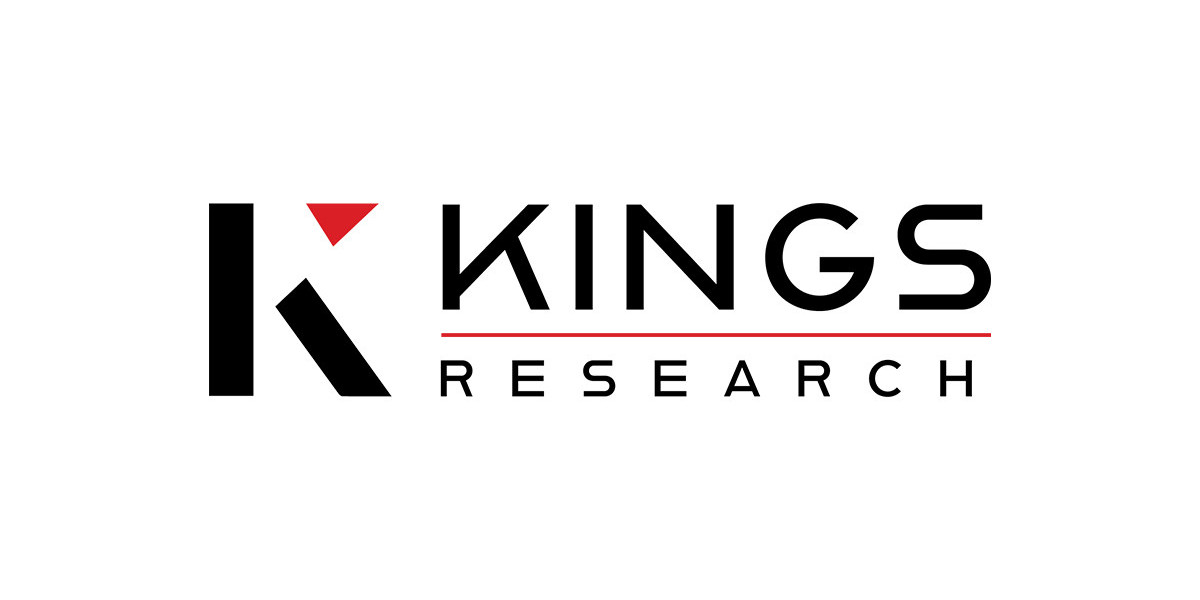When it comes to exterior cleaning, two popular methods stand out — soft washing and pressure washing. Both are effective, but understanding their differences helps you choose the right approach for your home or business. Whether you’re cleaning a roof, driveway, or siding, the key is knowing when pressure washing works best and when soft washing is the safer choice.
What Is Pressure Washing?
Pressure washing is a cleaning method that uses high-pressure water (typically 1,500 to 4,000 PSI) to remove dirt, grime, mold, and stains from hard surfaces. It’s a powerful solution often used for concrete driveways, patios, sidewalks, fences, and brick walls.
The strong water pressure can strip away built-up debris, grease, mildew, and even old paint, restoring surfaces to their original look. Professional pressure washing services use specialized nozzles and machines that adjust the pressure according to the surface type — ensuring thorough cleaning without unnecessary damage.
Benefits of Pressure Washing
Deep Cleaning Power: Removes stubborn stains, grease, oil, and grime from concrete or stone.
Improved Curb Appeal: Makes driveways, decks, and walkways look brand-new.
Pre-Painting Preparation: Ideal for prepping surfaces before painting or sealing.
Time-Efficient: Covers large areas quickly and effectively.
However, pressure washing can be too harsh for delicate surfaces like roof shingles, wood siding, or painted exteriors. That’s where soft washing comes in.
What Is Soft Washing?
Soft washing is a low-pressure cleaning method that combines gentle water flow (under 500 PSI) with biodegradable cleaning solutions. Instead of force, it relies on chemistry to remove dirt, algae, moss, mildew, and organic buildup from fragile surfaces like roofs, siding, and stucco.
This process not only cleans the surface but also kills the underlying bacteria and mold spores that cause regrowth — delivering longer-lasting results than basic rinsing.
Benefits of Soft Washing
Surface Protection: Safe for roofing, vinyl siding, wood, and painted surfaces.
Long-Lasting Clean: Cleans and sanitizes surfaces at the root level.
Eco-Friendly: Uses low-pressure and biodegradable detergents.
Mold & Mildew Prevention: Inhibits regrowth for months or even years.
Soft washing is perfect for areas where pressure washing might cause chipping, water intrusion, or surface damage.
Key Differences Between Pressure Washing and Soft Washing
Understanding the difference between pressure washing and soft washing is crucial before choosing the right method for your property. Here’s how they differ:
Water Pressure:
Pressure washing uses high water pressure (1,500–4,000 PSI) to blast away dirt and grime.
Soft washing uses low pressure (under 500 PSI) combined with cleaning solutions to gently remove buildup.
Cleaning Technique:
Pressure washing relies on physical force to clean surfaces.
Soft washing depends on chemical action using eco-friendly detergents to break down mold, mildew, and stains.
Surface Suitability:
Pressure washing is ideal for hard, durable surfaces like concrete, brick, stone, and metal.
Soft washing is designed for delicate surfaces such as roofing, siding, wood, stucco, and painted areas.
Risk of Damage:
Pressure washing can chip paint, erode wood, or damage shingles if used incorrectly.
Soft washing is gentle and safe, minimizing the risk of structural or surface harm.
Cleaning Longevity:
Pressure washing removes visible dirt and buildup but doesn’t kill organic growth at the root.
Soft washing kills algae, mold, and bacteria, providing longer-lasting results.
Environmental Impact:
Pressure washing primarily uses water only, while soft washing uses biodegradable, eco-safe cleaning agents for a deeper clean.
In short, pressure washing is ideal for tough surfaces that can handle strong water pressure, while soft washing is best for more delicate materials that need a gentle touch.
When to Use Pressure Washing
You should choose pressure washing when:
Cleaning driveways, patios, or sidewalks with deep-set stains or oil buildup.
Removing graffiti, chewing gum, or rust from hard surfaces.
Preparing exterior walls or fences before painting or staining.
Blasting away mold or moss from brick or concrete foundations.
Pressure washing provides visible, immediate results — perfect for restoring heavy-traffic areas or prepping a surface for renovation.
When to Use Soft Washing
You should choose soft washing when:
Cleaning roof shingles or wooden decks that could be damaged by pressure.
Removing algae, moss, or mildew from siding or exterior walls.
Maintaining painted surfaces, stucco, or vinyl exteriors.
Performing routine maintenance without stripping finishes or coatings.
Soft washing’s biodegradable cleaning agents penetrate the surface, dissolving organic matter for a cleaner, safer, and longer-lasting result.
Combining Both Methods for Best Results
In many cases, the best approach isn’t choosing one over the other — it’s using both strategically. For example:
Pressure wash the concrete driveway or walkway.
Soft wash the roof, siding, and gutters to protect finishes.
Professional exterior cleaning companies like G7 Solar Cleaning often combine both methods to deliver a comprehensive cleaning solution tailored to each surface type. Their expert team uses the right balance of pressure and cleaning agents, ensuring effective, eco-friendly, and safe results for homes and businesses.
Why Hire Professionals for Pressure Washing
While DIY pressure washing machines are available, improper use can cause surface damage, water leaks, or personal injury. A professional pressure washing company:
Adjusts PSI and nozzle type for each material.
Uses eco-friendly cleaners to minimize harm to landscaping.
Ensures safety with proper equipment and training.
Provides long-lasting results without voiding warranties.
Hiring experts ensures that your home’s exterior is cleaned efficiently, safely, and in compliance with environmental standards.
Eco-Friendly Practices in Modern Pressure Washing
Modern cleaning services emphasize eco-friendly pressure washing using low-toxicity detergents, water reclamation systems, and controlled runoff to prevent pollution. Sustainable cleaning not only protects the environment but also helps maintain your home’s value and curb appeal responsibly.
FAQs
1. Is pressure washing better than soft washing?
It depends on the surface. Pressure washing works best for hard surfaces like concrete, while soft washing is safer for roofs and siding.
2. Can pressure washing damage paint or wood?
Yes — if too much pressure is applied. Soft washing is a better option for painted or wooden surfaces.
3. How often should you pressure wash your home?
Generally, once a year is ideal, but high-traffic or humid environments may require more frequent cleaning.
4. Does soft washing last longer than pressure washing?
Soft washing often provides longer-lasting results because it kills mold and algae at the source, preventing regrowth.
5. Is professional pressure washing worth it?
Absolutely — professionals ensure proper technique, safety, and long-lasting results without surface damage.







